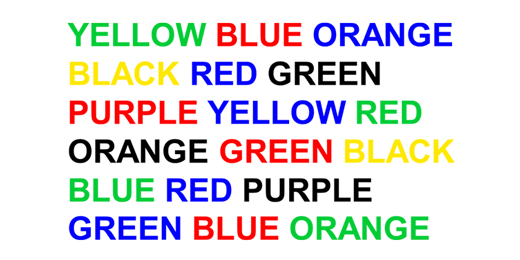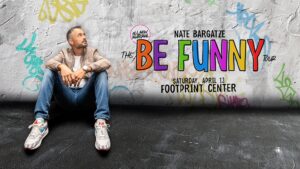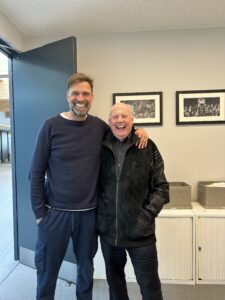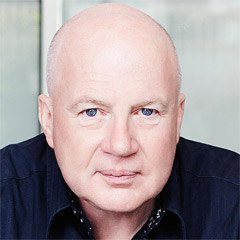While you’re reading this at your desk or mobile device, I’d like you to think for a moment of the series of incredibly complex neurological feats you performed that enabled you to arrive in this position. You shut off the alarm clock. . . you bathed, brushed your teeth, got dressed, tied your shoelaces. . . you locked up the apartment. . . you weathered the daily commute. . . you fixed yourself a cup of coffee. . . you said hi to your coworkers. . . you logged onto your work network. . . you performed the myriad morning rituals of the modern-day professional. Congratulations—you just passed through an interlocking chain of miracles. And you likely didn’t really think about any of it!
An absorbing eight-minute video from the folks at the YouTube educational video series “Smarter Every Day” landed in my e-mail inbox the other day from a former Procter & Gamble friend John Burke. In it, our host, Alabama engineer Destin Sandlin, demonstrates how the brain works and “un-works” through his trials with a specially rigged “backwards bike.” What makes the bike so special? When Destin turns the handlebar to the right, the bike turns left; when he turns the handlebar to the left, it turns right.
While silent-film-worthy hilarity ensues over his attempts to take to the road, Destin’s struggle to master the vehicle shows him how his thinking is in a rut. His brain “had the knowledge to ride the bike; but not the understanding.” The video is a powerful demonstration of how difficult it is for anyone to change rigid ways of thinking and cognitive bias.
After months of trial-and-error, Destin rides at last, an experience he describes as feeling like “a pathway in his brain had been unlocked.” Tellingly, his six-year-old son is able to master the trick bike in just two weeks—compared with the eight months it takes his engineer dad! That’s because children’s brains have greater neuroplasticity—or the ability to change neural pathways and synapses—than adults, which also explains why young people have the greatest aptitude for learning foreign languages.
Destin took the bike experiment on the road across America and Australia, challenging folks at the U.S. Space and Rocket Center in Huntsville, AL and the Powerhouse Museum in Sydney, Australia, among other locations. Everyone got tripped up. Think you’re any better? I can’t make a bicycle appear in this post, but take a look at this chart and try to quickly say the color of each word instead of reading them:
It’s surprisingly difficult to do, isn’t it? That’s because, the right half of your brain is trying to say the color, while the left half is attempting to read the word. It’s called Stroop Effect and it’s a classic psychological concentration test. Like the trick bike video, the implications are profound: we spend much of our lives with our wires crossed and our eyes wide shut. Untangle and open!







